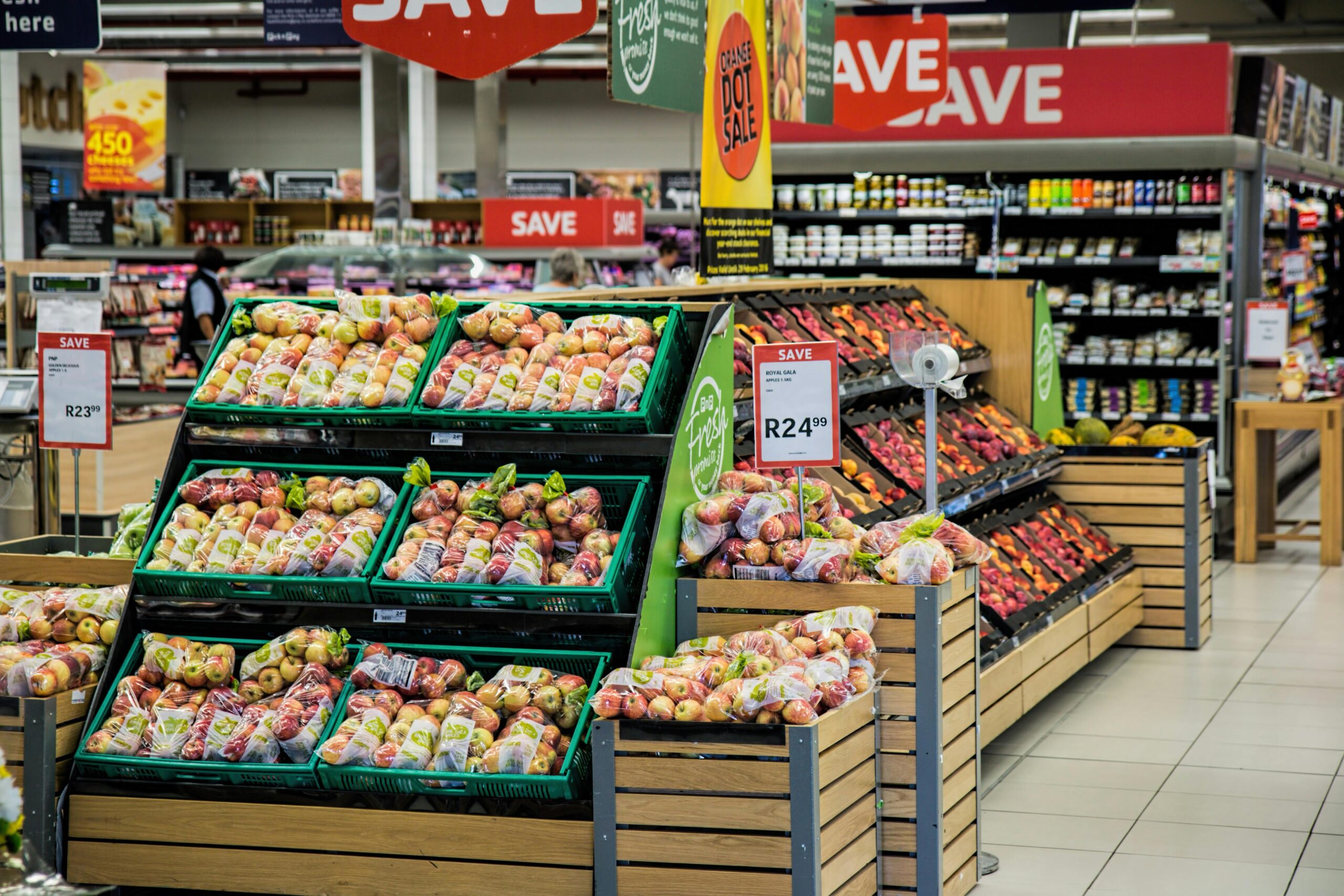PESTLE Analysis of the Supermarket Industry
As consumers navigate the sprawling aisles of their local supermarkets, few consider the intricate web of external factors shaping their shopping experience. From political regulations to emerging technologies, the supermarket industry is influenced by a complex array of forces. A PESTLE analysis provides valuable insights into these dynamics, highlighting the challenges and opportunities supermarkets face in today’s global market.
Political Factors
Government Regulations: Supermarkets operate under strict regulatory scrutiny. In the US, for example, the FDA mandates that nutritional information be displayed on food labels, a policy aimed at promoting public health. Additionally, changes in taxation and minimum wage laws directly impact operational costs and consumer prices.
Political Stability: A stable political environment fosters business growth, whereas political turmoil can disrupt supply chains and operations, making market predictability challenging.
Economic Factors
The economic landscape significantly dictates supermarket performance. Key elements include:
- Global Economy: Economic downturns, like recessions, generally lead to reduced consumer spending, affecting supermarket sales adversely.
- Competition: The supermarket industry is fiercely competitive. Large chains often leverage their bulk-buying power to negotiate lower prices from suppliers, passing these savings to consumers and placing smaller stores at a disadvantage.
- Costs and Profitability: Supermarkets face high operational costs including labor, utilities, and inventory management. Efficient cost management is therefore crucial for maintaining profitability.
Social Factors
Demographic changes and lifestyle shifts significantly influence supermarket strategies:
- Changing Demographics: Aging populations may demand more health-oriented products, while diverse cultural demographics might require a broader range of ethnic foods.
- Lifestyle Trends: The rise in fast-paced lifestyles has increased the demand for convenience foods and online grocery shopping.
- Digital Communication: Social media and digital platforms have become critical for customer engagement and feedback.
Technological Factors
Technology drives innovation within the supermarket sector:
- Automation and Robotics: These technologies enhance operational efficiencies, from stocking shelves to processing checkouts, reducing labor costs and improving customer service.
- Data Analytics: Supermarkets utilize data analytics to tailor marketing strategies, optimize stock levels, and enhance customer shopping experiences.
- Mobile Technology: Apps and mobile platforms are increasingly used for online ordering and to improve the in-store experience with features like real-time inventory tracking and personalized promotions.
Legal Factors
Several legal considerations must be navigated:
- Food Safety: Compliance with health regulations is critical to ensure consumer safety and avoid legal liabilities.
- Employment Law: Supermarkets must adhere to labor laws including minimum wage requirements and working conditions to maintain a fair working environment.
- Intellectual Property: Supermarkets must protect their brand and product exclusivities while respecting the rights of others, avoiding costly legal disputes.
Environmental Factors
Environmental sustainability is increasingly at the forefront:
- Climate Change: Supermarkets are adapting to the impacts of climate change by modifying their sourcing and logistical operations to mitigate environmental impact.
- Waste Management: Reducing packaging waste and food spoilage is critical for sustainability efforts. Many supermarkets are turning to recycling and composting initiatives.
- Transportation: Optimizing transport logistics not only reduces costs but also minimizes the carbon footprint associated with delivery and supply chain operations.
Conclusion
Understanding the PESTLE factors is crucial for supermarkets to thrive in a competitive and dynamic market. By adapting to these external influences, supermarkets can enhance their service offerings, optimize operational efficiencies, and ultimately drive growth and customer satisfaction.
FAQs
1. What is PESTLE analysis in the retail industry?
PESTLE analysis is a strategic framework used to evaluate the external factors influencing a sector or organization. This tool assesses six key dimensions: Political, Economic, Social, Technological, Legal, and Environmental. Each element helps retailers understand the broader forces at play that could impact their market position and strategy.
2. What are the five forces of the supermarket industry?
- Competition in the industry: Number of competitors and their ability to undercut a company.
- Potential of new entrants into the industry: How easy or difficult it is for new entrants to start competing.
- Power of suppliers: How strong the position of sellers is.
- Power of customers: How strong the position of buyers is.
- Threat of substitute products: How easy it is for customers to switch to a competitor’s product.
3. What is a PESTLE analysis of the US grocery industry?
- Political: Government policies, regulations, and trade agreements.
- Economic: Economic trends, inflation rates, and economic growth.
- Social: Demographic shifts, consumer behaviors, and lifestyle changes.
- Technological: Advancements in retail technology, e-commerce, and logistic systems.
- Legal: Compliance with laws, food safety regulations, and labor laws.
- Environmental: Sustainability practices, waste management, and environmental impact of operations.





